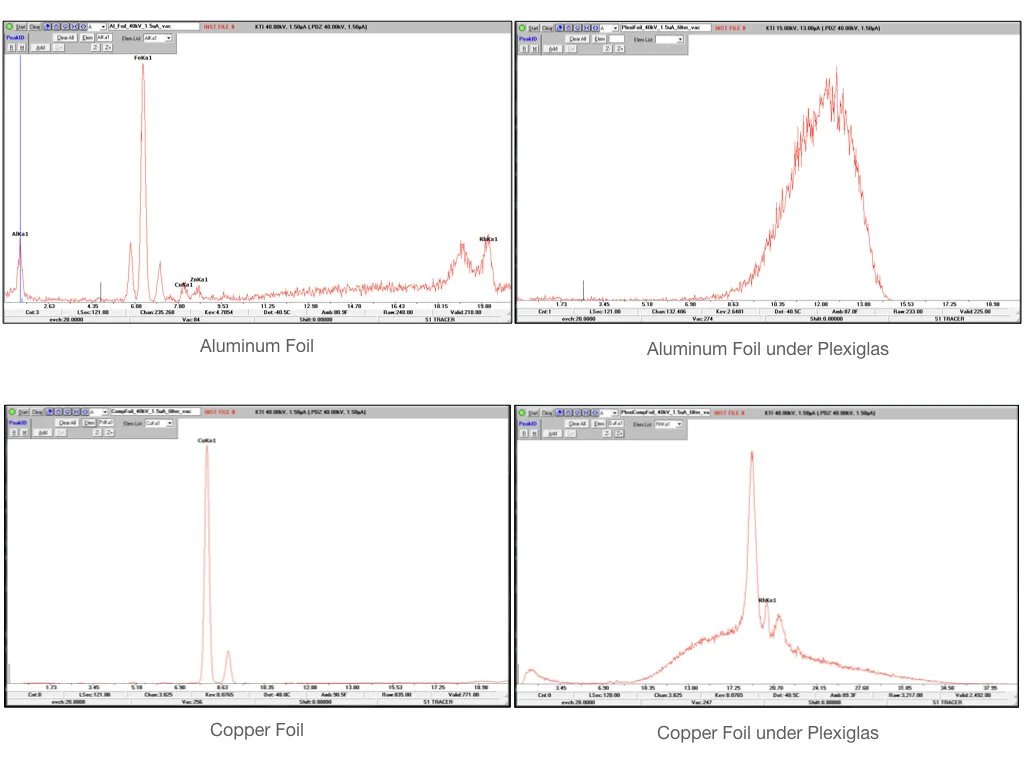Robert Rauschenberg, Carnal Clocks (1969)
Mirrored Plexiglas and silkscreen ink on Plexiglas in metal frame with concealed electric lights and clock movement
As part of the course, Values-Based Decision-making in Objects Conservation, I evaluated Carnal Clocks (1969) by Robert Rauschenberg in February and March 2020, in partnership with private conservators Bek & Frohnert. A series of 15 sculptural, mirrored, photographic light boxes, the Carnal Clocks present conservation issues with the use of 48 incandescent bulbs (25W and 40W) each, aging electrical wiring, and corrosion products on the mirroring layer.
At 12:00 all 48 bulbs are programmed to turn on, which draws around 12 amps from a typical 120V/15 amp electrical supply circuit when incandescent bulbs are used. The practical limitation of each Clock effectively needing its own circuit to avoid automatic power supply shut-off each day, or the expense of installing additional circuits for exhibition, have restricted display of the Clocks. Staff at the Robert Rauschenberg Foundation in New York chose to replace the incandescent light bulbs with more efficient LED equivalents from commercial sources to reduce the overall power draw during exhibition of several Clocks at the Foundation in winter 2019-20.
To evaluate this intervention, I took measurements of the incandescent and LED equivalent light characteristics, and wrote a technical research paper articulating the difficulty in comparing these fundamentally different light sources. I also conducted art historical research to place the Carnal Clocks in the context of Rauschenberg’s practice and Postwar American art. The significance of the light source in particular was explored in order to outline the risks involved in switching from incandescent to LED, leading to current thesis work on this topic.
Working with Bek & Frohnert, I visited the Foundation’s storage facility to perform X-ray fluorescence (XRF) tests to identify the material used for mirroring aid in treatment of corrosion and preventive care. Because it is located in the middle of two layers of 1/4” Plexiglas, direct access to the mirroring material was not possible and it could not be immediately identified with XRF. Aluminum is a likely candidate for the mirroring material if the Plexiglas was produced for mass market rather than fabricated at small scale. Control tests were done at the NYU Conservation Center with aluminum and copper foils, with and without Plexiglas, to determine how much interference the Plexiglas introduces. As an atomically light metal, aluminum is more susceptible to XRF interference than copper. Unfortunately, further testing was suspended due to COVID-19 restrictions.
12 of 15 Carnal Clocks
Illustration of Carnal Clock "face" layers (not to scale)
Body #6 with exposed light sockets and clock mechanism
Spectral power distribution of incandescent GE bulbs and LED equivalents by Govee and Luno
TM-30 of incandescent GE bulbs and LED equivalents by Govee and Luno
Color rendering index (CRI) of incandescent GE bulbs and LED equivalents by Govee and Luno
CIE 1931 chromaticity of incandescent GE bulbs and LED equivalents by Govee and Luno
CIE 1976 chromaticity of incandescent GE bulbs and LED equivalents by Govee and Luno
XRF with vacuum to identify mirroring material
X-ray fluorescence (XRF) spectra to identify mirroring material in Carnal Clock face
X-ray fluorescence (XRF) spectra of aluminum foil and copper foil, with and without Plexiglas, as controls to determine interference of 1/4" Plexiglas










